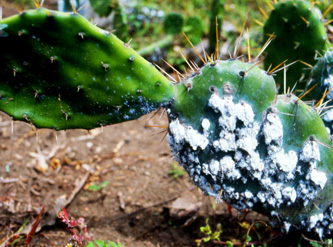 COUNTRY OF ORIGIN
COUNTRY OF ORIGIN• Spain
A return to the use of natural dyes
The problem it solves
Responsible consumption
Historically cloth and garments were valuable objects which were kept the whole lifelong and were even handed down in wills. Today, they are products to be used and thrown away. These cheap products are largely produced by illegal labour, by workers with no rights. Consequently, the market is so inundated with ‘throw-away clothes’ that even in the wake of great naturals disasters humanitarian aid organisations ask for no clothes to be sent since they are overwhelmed by the quantity.
The initiative to create clothes that are considered worth keeping will contribute, albeit to a small degree, to a change in the dynamics of responsible consumption.
The use of natural dyes in cloth making can be seen as a necessary luxury to trigger off a change in habits. Dyes which stand out for their beauty and ecological attributes would never be employed on just any material but on noble fabrics such as wool, silk, linen or cotton, made to last more than one season. Therefore, the idea is not one of low cost textile production, although it should be affordable for a large sector of consumers.
Positive aspects in the use of natural dyes
• Historical and ethnographic: The use of natural dyes means a return to dyestuffs traditionally used in different geographical and cultural areas, revitalising traditional dyeing techniques in danger of disappearing.
• Sustainability: The eventual depletion of fossil fuels such as coal and oil, which are used in the production of synthetic dyes, means that a return to the use of dye plants is a matter of foresight. The cultivation of these plants is also an opportunity for farmers in areas where other crops are difficult to grow. Again looking towards the future, the dye industry must start to exploit material from forestry and agricultural waste, which at present is thrown away or burnt.
• Economic and human development:These practices provide new job opportunities for traditional artisans and producers. Experience with groups of craftsmen in Latin America has shown that they can help boost the domestic economy. Furthermore, the cultivation of dye plants has produced good economic results in agricultural communities of different countries.
• Aesthetic:Natural dyes can produce special aesthetic qualities, which, combined with the ethical significance of a product that is environmentally friendly, gives added value to textile production as craftwork and as an industry.
DOWNLOAD THE BROCHURE PDF
Spanish (1.0 MB)English (1.0 MB)







